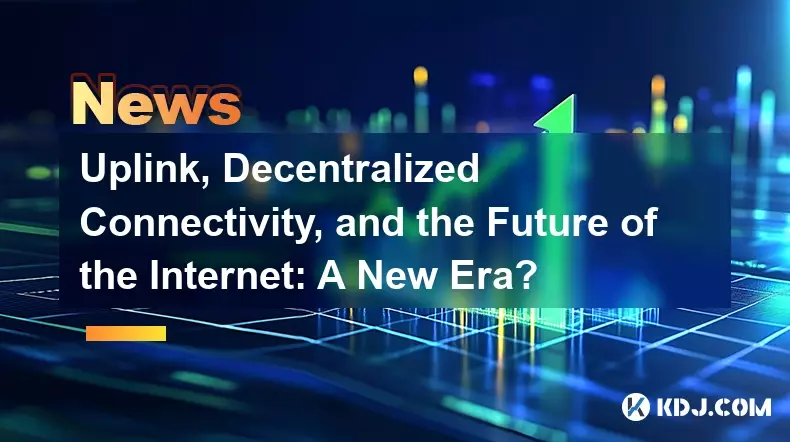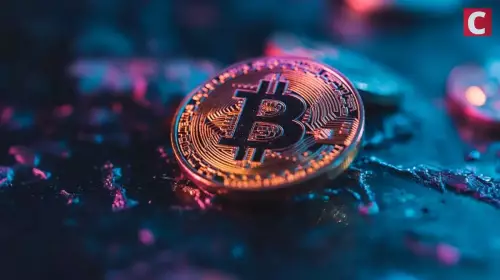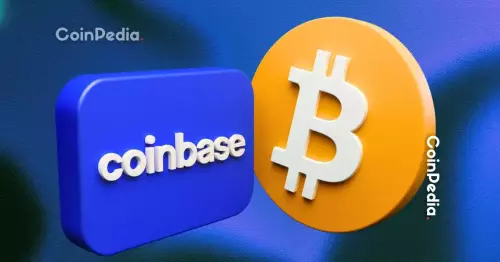Exploring the rise of decentralized connectivity solutions like Uplink and Pi Network, and their potential to revolutionize the internet landscape.

The internet is evolving, and decentralized connectivity is taking center stage. With projects like Uplink and Pi Network pushing boundaries, could we be witnessing the dawn of a new era of shared, user-controlled internet access?
Uplink: Decentralizing Connectivity Through Shared Infrastructure
Uplink is forging a decentralized network by harnessing the power of shared internet infrastructure. It enables individuals and organizations to contribute their existing Wi-Fi routers and connectivity devices, turning unused bandwidth into a valuable asset. This innovative approach allows participants to earn rewards for providing connectivity or verifying network node operations, fostering a distributed and incentivized internet ecosystem that challenges the dominance of centralized telecom providers.
Uplink's ecosystem revolves around key roles: consumers, providers, verifiers, validators, and holders. This circular economy strengthens connectivity, verification, and governance, creating a robust and self-sustaining network. Uplink aims to expand beyond Wi-Fi to encompass technologies like 5G and LoRaWAN, creating a comprehensive decentralized connectivity layer. Their hardware-agnostic approach seeks to integrate with millions of access points globally, expanding through user adoption, partnerships, and blockchain incentives.
Pi Network's Open Network: A Leap Towards External Connectivity
The Pi Network's Open Network launch marks a significant milestone, enabling external connectivity for millions of Pioneers worldwide. Pi Network is no longer confined to its internal environment. Pioneers can now engage in transactions beyond the Pi ecosystem, connect with KYB-verified businesses, and explore integrations with centralized exchanges.
This strategic shift enables broader adoption, facilitates real-world use cases, and positions Pi Network as a serious contender in the global crypto economy. Key features include external transactions, KYB-verified business integration, and potential centralized exchange access. Pi Network's Open Network emphasizes KYB verification, fostering a secure environment and aligning with global regulatory expectations. This move solidifies Pi's role in the Web3 movement, contributing to a more open, user-controlled internet.
Decentralized Connectivity: A Personal Take
The convergence of projects like Uplink and Pi Network highlights a compelling trend: the decentralization of connectivity. While challenges remain in terms of scalability and mainstream adoption, the potential benefits are undeniable. Imagine a world where internet access is more accessible, affordable, and resistant to censorship. It's a bold vision, but one that decentralized connectivity solutions are actively pursuing. The recent performance of privacy-focused coins and decentralized AI projects, along with the steady interest in meme segments, further underscores the appetite for innovative, community-driven initiatives in the crypto space.
The Road Ahead
Whether it's through shared bandwidth or blockchain-based ecosystems, decentralized connectivity is poised to reshape the internet landscape. It's an exciting space to watch, filled with innovation and the promise of a more open and equitable digital future. Who knows, maybe one day we'll all be earning crypto just by sharing our Wi-Fi. That's a future I can definitely get behind!


































![The Graph Price Prediction [GRT Crypto Price News Today] The Graph Price Prediction [GRT Crypto Price News Today]](/uploads/2025/11/07/cryptocurrencies-news/videos/690d4df44fe69_image_500_375.webp)










































